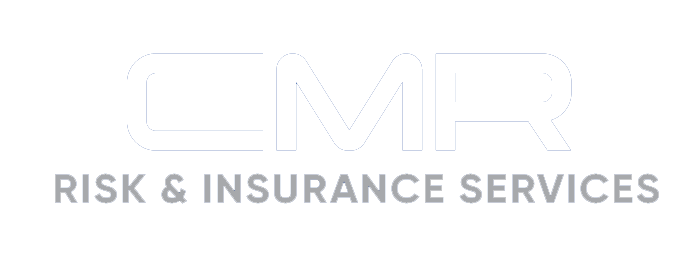OSHA Extends Outdoor and Indoor Heat-related Hazards National Emphasis Program

OSHA issued a notice in January that it would extend the effective date of its Outdoor and Indoor Heat-related Hazards National Emphasis Program (NEP) until April 8, 2026. Originally, this NEP was set to expire on April 8, 2025.
OSHA states its review of this NEP shows success in identifying and targeting industries with employee exposures to heat-related hazards while removing nearly 1,400 employees from these hazards. Over the course of the NEP between April 8, 2022, and Dec. 29, 2024, OSHA has conducted approximately 7,000 heat-related inspections, issued 60 heat citations for violations of the General Duty Clause, and issued 1,392 Hazard Alert Letters.
Background
OSHA launched its NEP on April 8, 2022, to protect workers from heat-related hazards in indoor and outdoor workplaces. Through the program, OSHA conducts workplace inspections aimed at identifying heat-related hazards before workers suffer preventable injuries, illnesses or fatalities.
The NEP establishes heat priority days when the heat index is expected to be 80 degrees Fahrenheit or higher. On those priority days, OSHA will:
- Initiate compliance assistance in the targeted high-risk industries; and
- Continue to investigate any alleged heat-related fatality, catastrophe, complaint or referral, regardless of whether the worksite falls within a targeted high-risk industry.
The NEP encourages employers to protect their workers from heat-related hazards during heat priority days by providing them with access to water, rest, shade and adequate training, as well as implementing acclimatization procedures for new or returning employees.
Key Highlights
The goal of this OSHA NEP is to reduce or eliminate workers’ exposure to heat-related hazards that may result in illnesses, injuries or deaths by targeting industries and worksites (including those with radiant heat sources) where employees are exposed to such hazards and have not been provided adequate protection.
The NEP targets over 70 industries that present a high risk for heat-related hazards. OSHA identified these industries based on Bureau of Labor Statistics data and its own reports, which found that high-risk industries have exhibited:
- High numbers or incidence rates of heat-related illnesses;
- An elevated number of days away from work or high numbers of severe cases of heat-related illnesses;
- The highest number of heat-related general duty clause violations and hazard alert letters over a five-year period; or
- The highest number of heat-related OSHA inspections since 2017.
Programmed inspections under this NEP will occur on any day that the National Weather Service has announced a heat warning or advisory for the local area. A list of high-risk industries can be found in the NEP under Appendix A.
This NEP prioritizes on-site (in-person) responses for complaints and employer-reported hospitalizations (i.e., severe injury reports) stemming from heat-related hazards.
Employer Next Steps
Employers should review the NEP and implement adequate policies and procedures to prevent heat-related illnesses and fatalities among workers. If employers already have a heat illness prevention program, they should review it and make any necessary updates. In doing so, employers can reduce heat illness injuries and prepare themselves for potential OSHA inspections.
Article Published By: Zywave, Inc.
